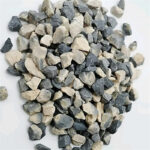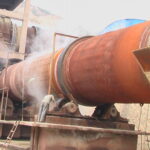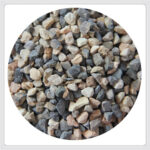
NEWS
Home > News
ABOUT US
PRODUCTS
NEWS


anti-skid performance of asphalt mixture composed of calcined bauxite
bauxite will increase the friction coefficient index of asphalt tire pavement

Calained bauxite size for refractory
Calcined Bauxite is produced by sintering high-alumina bauxite in rotary, round or shaft kilns at high temperatures of 1600℃-1800℃. This process of calcining (heating) bauxite in kilns removes moisture and gives Calcined Bauxite its high alumina content and refractoriness, low iron, and grain hardness and toughness. Its thermal stability, high mechanical strength and resistance to molten

What‘s the size of bauxite used for refractory
Calcined Bauxite is produced by sintering high-alumina bauxite in rotary, round or shaft kilns at high temperatures of 1600℃-1800℃. This process of calcining (heating) bauxite in kilns removes moisture and gives Calcined Bauxite its high alumina content and refractoriness, low iron, and grain hardness and toughness. Its thermal stability, high mechanical strength and resistance to molten

China refractory bauxite manufacturer
Sicheng mainly produces welding grade bauxite, HFST bauxite, porcelain insulators bauxite, cement grade bauxite, and refractory grade bauxite. Rely on our own bauxite. We develop new environment-friendly ceramic foundry sand, a typical trend for casting sand. Furthermore, we have a close relationship with dead burnt magnesia producers and calcined kaolin due to our long business

What’s the application for refractory bauxite
Calcined bauxite is produced by sintering/calcining of low iron, low alkali containing raw bauxites at temperatures of 1600 – 1800 degree Celsius. In this calcination process, the high refractory mineral phases corundum and mullite are formed. Therefore calcined bauxite is one of the most important raw materials for the production of shaped and unshaped refractories

